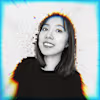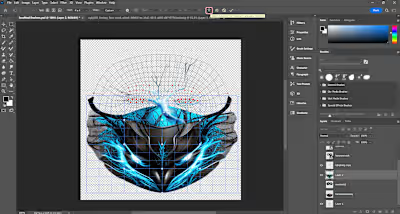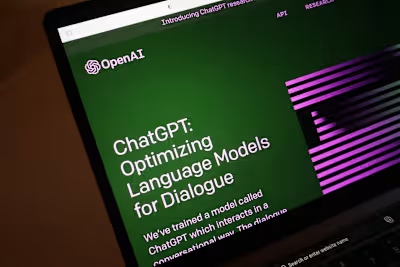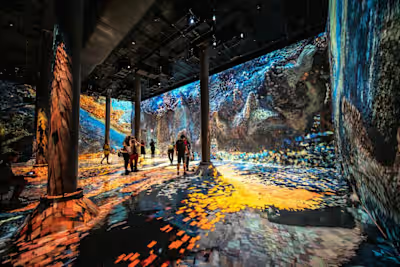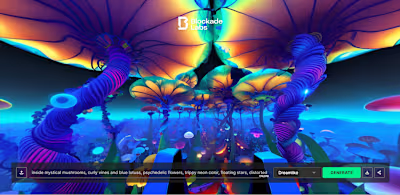How do artists survive in the age of AI?
One recent notable news in the field of artificial intelligence is an open letter advocating for a pause in giant AI experiments. Signed by over 1,000 experts, researchers, and backers of AI, including prominent tech figures such as Elon Musk who co-founded OpenAI, this letter draws attention to the rapid development and improvement of AI tools like ChatGPT-4 and Midjourney, which have alarmed and scared the general public due to their fast learning capabilities. The AI trend raised an important question:
Are we prepared to coexist with these powerful AI systems transforming the world?
AI has revolutionized my creative workflow
As a digital media artist who incorporates emerging technologies such as XR, NFTs, and AI, I tend to focus on their benefits and how they facilitate my work. In a prior article, I explored integrating AI technology into my artistic practices, experimenting with various mediums, and altering my creative processes. Currently, AI tools such as Midjourney and ChatGPT have become my daily 24/7 partners who provide invaluable assistance:
1. New ways to find artistic inspiration
I used to googling and seek inspiration from visual content shared on platforms such as Pinterest and Art Station. The exposure to the works of other accomplished artists has greatly influenced and motivated me. Presently, I also regard Midjourney as a teacher who is capable of inspiring me with a diverse range of artistic styles and the ability to mix visuals.
2. Demonstrate creative ideas efficiently
By utilizing an AI image generator like Midjourney, I can produce visually striking renderings for project proposals quickly, thus affording me additional time to showcase my creative concepts. Although I still appreciate the hand-drawn sketches, using AI image generators enables me to save a significant amount of time and quickly generate variations of visual concepts.
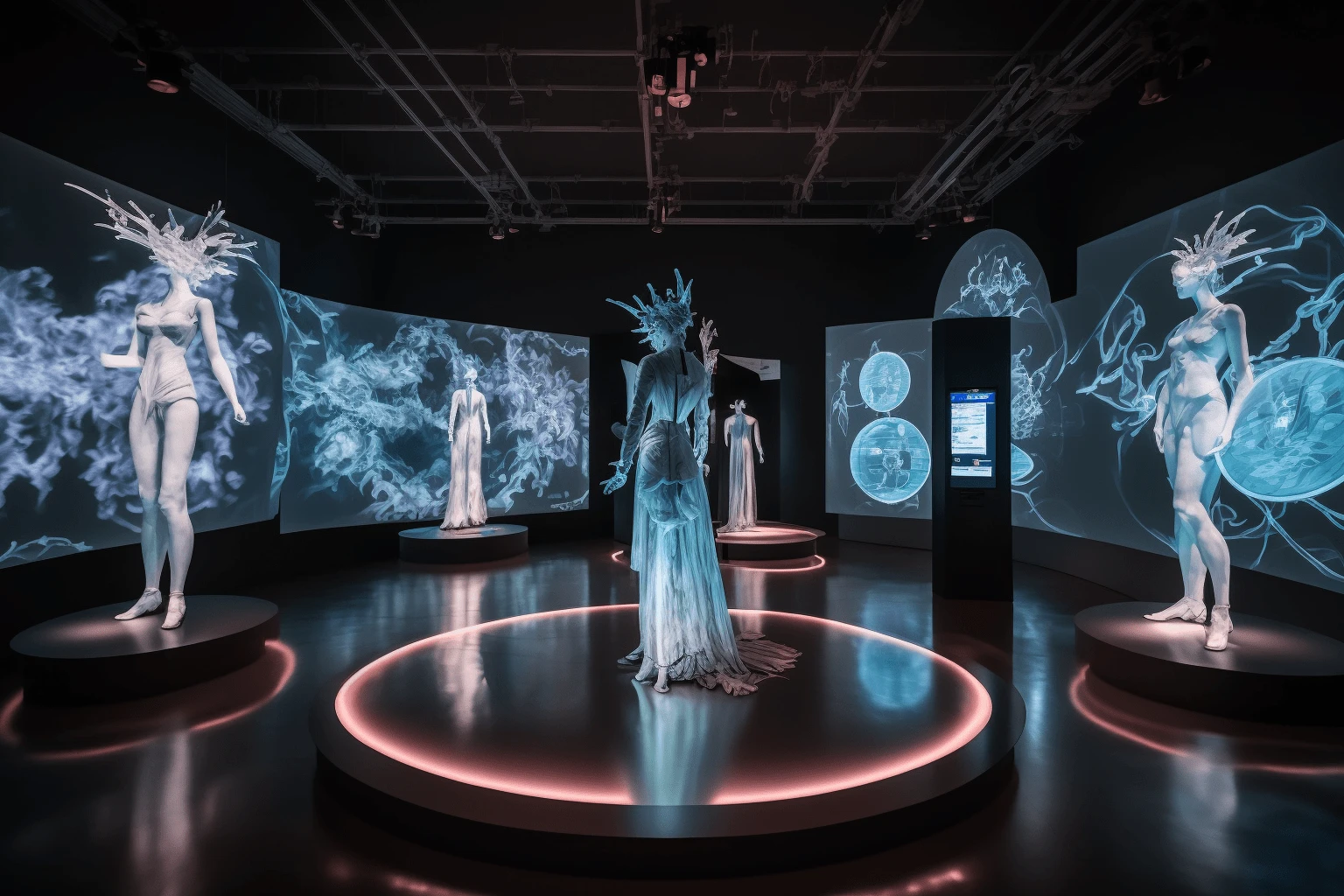
exhibition concept by Midjourney
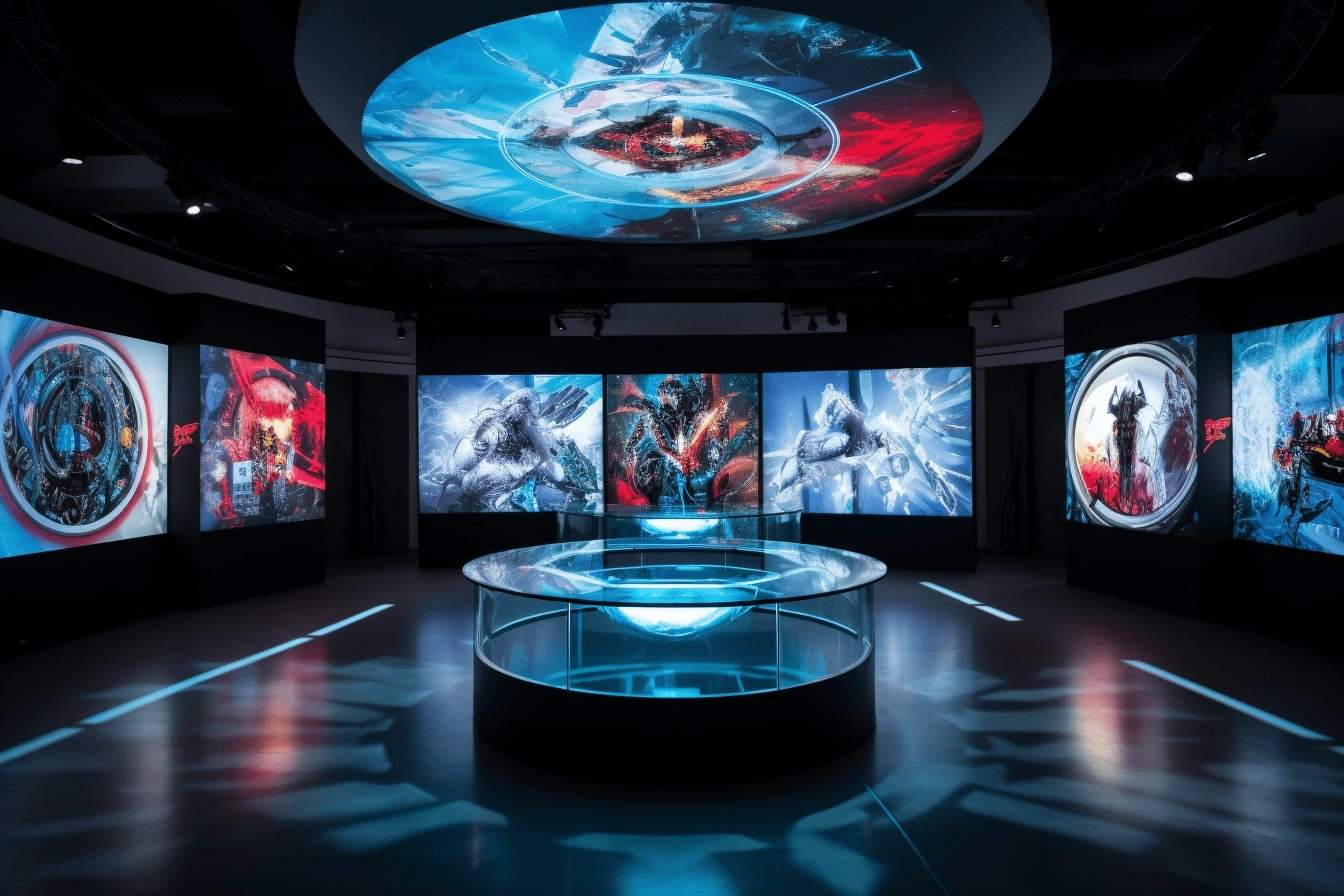
exhibition concept by Midjourney
3. Enhance software learning experiences
I use specific prompts to request ChatGPT to provide me with a detailed guide on how to use software like Blender and After Effects to achieve a particular visual effect step-by-step. ChatGPT can even devise a learning schedule according to your preferences. For further information regarding prompts, please read this article:
4. Improve writing skills for documentation and artist bios
An artist's masterpiece can sometimes arise from scattered thoughts and random words. However, not all artists are skilled writers, especially if English is not their native language, translating the description of their work into English version can be a challenging task. That's where ChatGPT comes in to offer assistance.
Intention matters
Although I take pleasure in creating artwork with the help of AI, it is crucial to acknowledge that my enjoyment does not equate to disregarding the potential negative consequences of misusing technology.
Undoubtedly, the prevalence of AI tools has led to a reduction in tedious work and an increase in efficiency. However, not all users possess adequate literacy skills to understand complex technology, and the misuse of such tools can result in problems. For instance, Deepfake videos can be exploited for propaganda purposes, leading to political tensions between parties. As a result, it is crucial to acknowledge the significance of not taking these tools for granted and to establish good intentions and clear boundaries before utilizing them.
Start the conversation about AI
As an artist who lacks proficiency in coding and computer science, I often ponder ways in which I can contribute to the artistic community while promoting ethical considerations in the advancement of artificial intelligence. I think encouraging individuals to express their concerns about AI is the most effective approach to improving its development.
Inspired by Kate Crawford's book "Atlas of AI: Power, Politics, and the Planetary Costs of Artificial Intelligence" and Adam Nocek's lecture, I would like to pose some thought-provoking questions that may inspire you to contemplate the complexities of AI:
How do AI and algorithms think differently from humans, and what does this mean for how we interact with the world, not only the physical but also the digital world around us
How can we use theoretical humanities tools to understand the debates about AI's independence and criticism as a complex system?
How can we better see the effects on the environment and workers caused by the big systems that support AI?
Why is it important to have rules about how algorithms are created and used, and what can we do to make sure these rules exist?
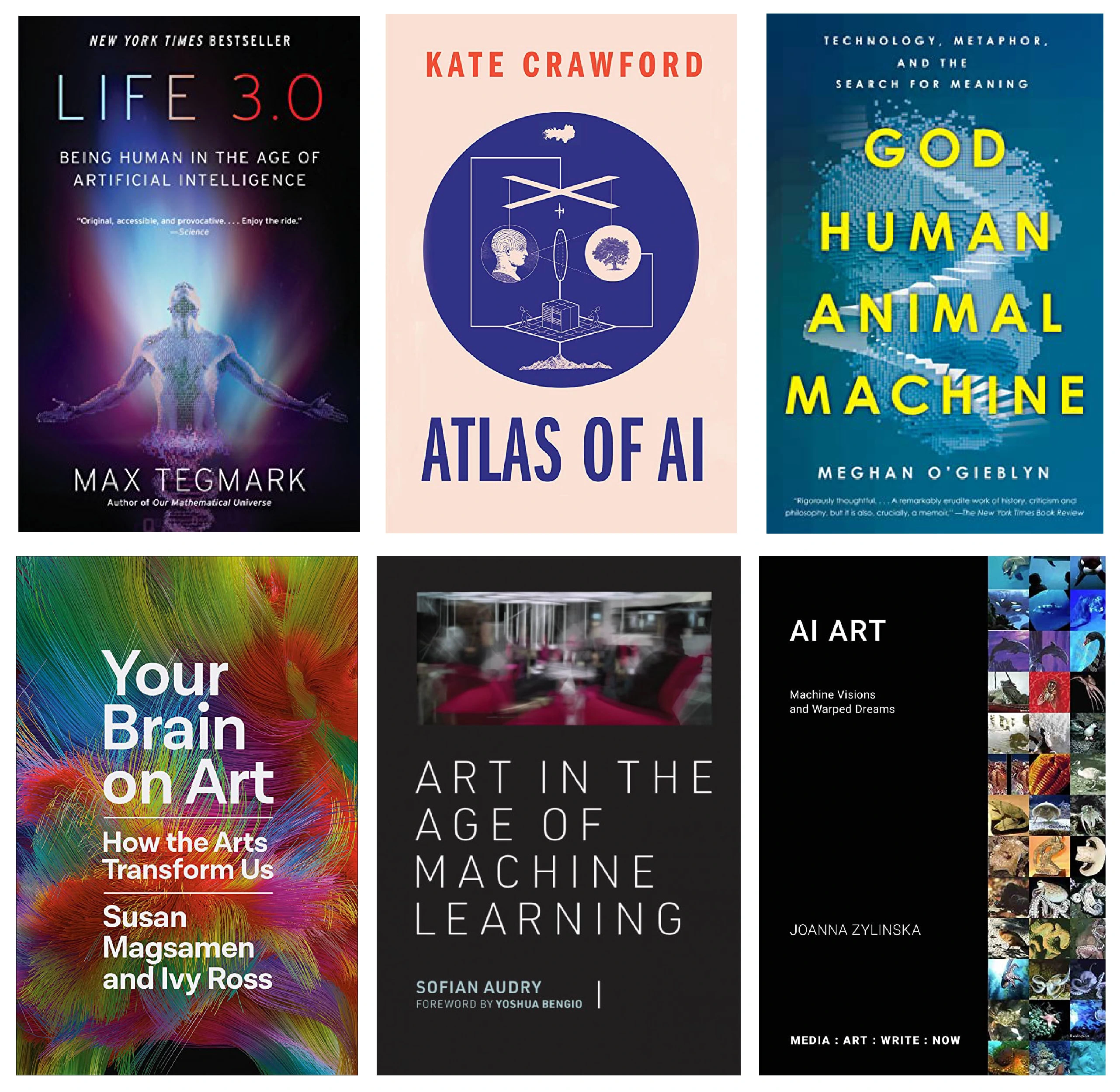
My reading list
A Guide to Surviving in the Age of AI
Artists, informed by culture, histories, and their own memories, have the capacity to imbue what an image represents with thousands of years of contemplation. In contrast, the traditions of computer science or engineering may not possess the same ability. When AI comprehends and classifies images using a particular training dataset, there is a possibility that it may oversimplify and diminish the world's complexity with dualistic and limited notions.
As we explore the implications of AI's perception of the world, it also inspires us to consider the fundamental aspects of what makes us human. Is it our intelligence, emotions, thoughts, memories, senses, or perhaps something else entirely? This is a question that has been pondered for decades, and the rise of AI presents an opportunity for us to re-examine and further explore our understanding of humanity.
Although AI may surpass humans in logical thinking and fast information processing, many argue that humans have unique strengths in emotional intelligence, including empathy and the capacity to love. Rather than isolating human intelligence and senses into measurable categories, we should focus on embracing and amplifying the power of the human experience as a whole.
To this end, here is a guide to help artists navigate and thrive in the age of AI, without feeling overwhelmed or discouraged:
1. Highlight the artist’s niche
Similar to Duchamp's criticism of art through the use of ready-made industrial objects, AI's ability to create images prompts us to ponder what defines art. What is art if it’s not solely a visually captivating image or photograph? What is art if it’s not technical proficiency? One of the most effective ways to stand out is to concentrate on the driving force and the true passions behind our artistic creations. We should fearlessly explore what makes us unique and highlight our niche. If you're struggling to find your own niche, check out the book ART/WORK: Everything You Need to Know (and Do) As You Pursue Your Art Career. It lists some questions to guide you in thinking about why you want to be an artist.
2. Collaborate, not compare or compete
New technology presents both opportunities and can be shocking in its innovation, as it transforms entire industries and redefines old paradigms. Similar to how photography and NFTs were once subject to critique, AI-generated art remains a controversial topic due to its ability to reshape the entire artistic creation process. However, I prefer to view emerging technology as a new medium that artists can experiment with to convey diverse messages. Instead of comparing or competing with modern technology, we can see it as a collaborator that enhances our originality and creativity. Likewise, this is a call to encourage artists across multiple disciplines to collaborate with one another, rather than fight alone.
3. Broaden multi-sensory experience
Art can take many forms and is not limited to purely visual expressions. While AI has shown promise in generating images quickly, what about sounds? What about art that we can touch, smell, or taste? What about art that provokes a collective experience or immerses the audience? We shouldn't limit artworks and experiences of feeling art to things that can only be appreciated visually, like an image or an object. By experimenting with different mediums and technologies, we can broaden our creative horizons and push the boundaries of what is possible in art.
4. Embrace unpredictable things and beautiful mistakes
The process of creating art is fundamentally distinct from how AI generates images. It's not a completely logical process like inputting prompts in Midjourney. While an artist may have a vision, it doesn't mean they can 100% perfectly translate that vision onto paper or any other medium. Embracing the unknown and welcoming happy accidents during the art creation process is often the most enjoyable part since misuse of color might lead to a masterpiece. So, don't be afraid to make mistakes and embrace the unexpected in the artistic process.
5. Breathe, relax, and slow down
This might be the best piece of advice I've received during my art career. When feeling stuck, instead of pushing ourselves harder, we can try to slow down, take a step back, and rest for a moment. For example, getting enough high-quality sleep can not only make us healthier but also allow us to have enough time to dream, which is a valuable source of inspiration. Taking a break from work to engage in something completely different is helpful for revitalizing our perspective and motivating us to continue creating later on.
Sources
Like this project
Posted Apr 2, 2023
The AI trend raised an important question: are we prepared to coexist with these powerful AI systems transforming the world?
